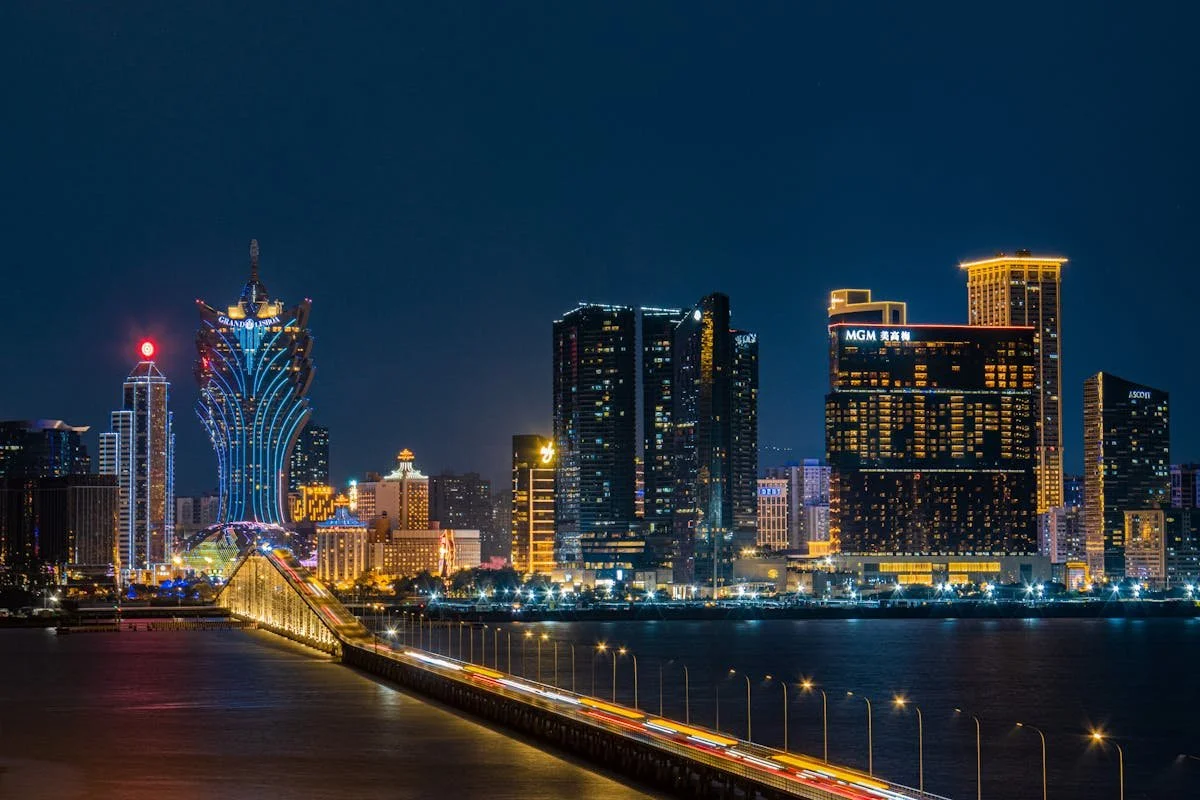The Pulse of International Air Travel
/The Pulse of International Air Travel
In an age where travel has become more than just moving from point A to point B, understanding the dynamics of international air travel is fascinating. Among these, the busiest international routes from the US stand as testament to the country's significant role in global connectivity and commerce.
This article takes you on a journey through these vital air corridors, shedding light on what makes them the most sought-after and how they contribute to the tapestry of global travel.
The United States, with its vast geographical spread and economic prowess, has always been a key player in international air travel. From bustling business trips to leisurely escapes, the reasons behind these routes' popularity are as varied as the destinations themselves.
One such route, The busiest international routes from the US, exemplifies this phenomenon. Serving as vital links for tourists, business travelers, and cargo, these routes are the arteries of the international travel ecosystem, pulsating with activity round the clock.
Technological Innovations and Future Routes
Technological advancements are set to redefine the efficiency and accessibility of air travel. The development of longer-range aircraft and improvements in fuel efficiency could make previously impractical routes viable, potentially introducing new direct flights that bypass traditional hubs. For example, routes that directly connect smaller cities in the US with emerging markets in Africa, Asia, and Latin America could become more commonplace, reflecting shifts in global trade and tourism patterns.
Global events, such as international summits, sporting events, and cultural festivals, also play a significant role in shaping air travel routes. Cities hosting these events often see a temporary surge in international visitors, which can lead to the establishment of new routes or increased frequency of flights to accommodate the demand.
Over time, these temporary routes can become permanent fixtures if sustained demand is established, further diversifying the list of busiest international routes from the US.
Sustainability considerations are becoming increasingly important in the development of international air routes. Airlines and airports are exploring ways to minimize the environmental impact of air travel, from investing in more fuel-efficient aircraft to implementing carbon offset programs. These efforts could influence the development of future routes, favoring those that offer the most efficient paths between destinations to reduce fuel consumption and emissions.
Cultural exchanges and economic partnerships between countries can lead to increased travel demand, influencing the development of new air routes. As the US continues to cultivate ties with countries around the world, we may see new international routes emerging, reflecting these deepening relationships. Additionally, the growing popularity of certain destinations for tourism or business could prompt airlines to establish new routes to cater to the interests and needs of travelers.
Economic and Cultural Bridges
These routes do more than just transport people and goods They serve as bridges between diverse cultures and economies. By connecting major US cities with global business hubs and tourist destinations, they facilitate not only economic exchanges but also cultural intermingling. It's fascinating to see how these routes contribute to the global economy, supporting international trade and tourism.
Advancements in aviation technology and changing travel trends significantly impact these busy routes. From the introduction of newer, fuel-efficient aircraft to the rise of direct flights connecting previously underserved destinations, the landscape of international travel from the US is constantly evolving. This evolution reflects in the changing patterns of travel preferences and the emergence of new busy routes, highlighting the dynamic nature of global aviation.
Challenges and Opportunities
One of the major challenges is maintaining high standards of safety and security amidst increasing passenger volumes. Airlines and airports invest heavily in state-of-the-art security technologies and rigorous training programs to ensure the safety of millions of travelers.
Environmental sustainability is another critical challenge. The aviation industry is under pressure to reduce its carbon footprint, leading to significant investments in research and development of sustainable fuels and more efficient aircraft designs. These efforts are crucial in making air travel more sustainable in the long run. On the opportunities front, the push towards sustainability is driving innovation in aviation. Electric and hybrid aircraft are in development, promising a greener future for air travel. Additionally, the concept of urban air mobility, including drones and air taxis, could redefine short-haul travel, alleviating congestion at major airports.
The future of international air travel is poised for transformative changes. With the ongoing recovery from global disruptions, airlines and airports are reimagining travel to make it safer, more efficient, and sustainable. The integration of technology in aviation will continue to play a pivotal role, from enhancing passenger experiences to enabling greener travel options.
Moreover, the dynamics of global travel are shifting.
Emerging economies are becoming prominent players in international tourism and business, potentially leading to new bustling air routes. The growing middle class in these regions is also driving demand for international travel, further shaping the future of aviation.
The busiest international routes from the US symbolize the ever-evolving journey of air travel, reflecting the changes in our world and our aspirations to explore it. As we look forward, embracing the challenges and leveraging the opportunities, these routes will not only serve as connectors across continents but also as harbingers of a more interconnected and sustainable future.
This exploration of The busiest international routes from the US offers a comprehensive understanding of their significance in the global aviation landscape. For enthusiasts and professionals alike, these insights provide a glimpse into the intricate dance of technology, economy, and human curiosity that propels us forward, together, into the skies.
The aviation industry stands at a crossroads, facing significant challenges but also poised to harness unprecedented opportunities. By addressing safety, security, and sustainability concerns head-on, the sector can ensure its long-term viability. Meanwhile, embracing technological innovation and responding to the dynamics of global travel can redefine what air travel looks like in the future.
As the busiest international routes from the US continue to evolve, they will not only reflect the changing landscape of global aviation but also play a critical role in shaping a more connected and sustainable world. This journey towards transformation is an exciting prospect for all stakeholders, from industry professionals to travelers, as we collectively navigate the skies of tomorrow.



















